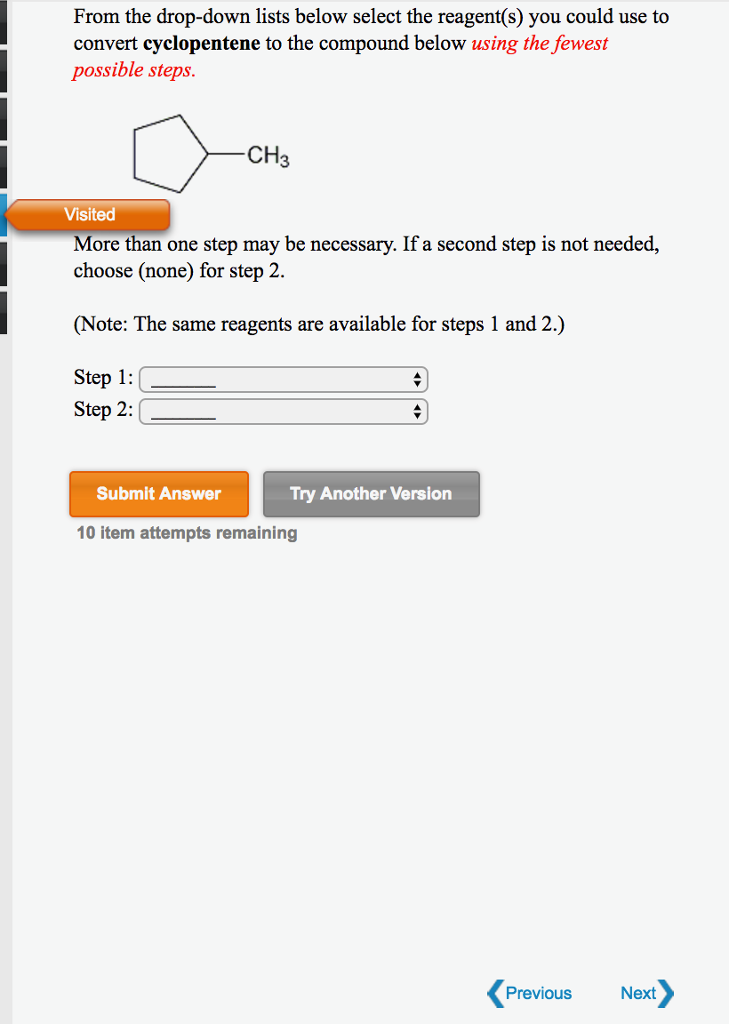

Many common chemical names have reached us only after remarkably long journeys through time and place, as the following two examples illustrate. The only place you would come across a systematic name like the rather unwieldy one mentioned here is when referring (in print or in a computer data base) to a sugar that has no common name.Ĭhemical substances have been a part the fabric of civilization and culture for thousands of years, and present-day chemistry retains a lot of this ancient baggage in the form of terms whose hidden cultural and historic connections add color and interest to the subject. "please pass the α-D-glucopyranosyl-(1,2)- β-D-fructofuranoside!"īut "sucrose" would be quite appropriate if you need to distinguish this particular sugar from the hundreds of other named sugars. A given substance may have several common or trivial names ordinary cane sugar, for example, is more formally known as "sucrose", but asking for it at the dinner table by that name will likely be a conversation-stopper, and I won't even venture to predict the outcome if you try using its systematic name in the same context: Many chemicals are so much a part of our life that we know them by their familiar names, just like our other friends. About 15,000 new numbers are issued every day. For example, caffeine is uniquely identified by the registry number 58-08-2. But in order to make indexing and identification easier, every known chemical substance has its own numeric "personal ID", known as a CAS registry number. The rules for these names are defined by an international body. These are called systematic names they may be a bit ponderous, but they uniquely identify a given substance. Who thinks up the names for all these chemicals? Are we in danger of running out of new names? The answer to the last question is "no", for the simple reason that the vast majority of the names are not "thought up" there are elaborate rules for assigning names to chemical substances on the basis of their structures. There are more than 100 million named chemical substances. For those of you who plan to go on in chemistry, the really fun stuff comes later! But we can hardly talk about chemistry without mentioning some chemical substances, all of which do have names- and often, more than one! All we will try to do here is cover what you need to know to make sense of first-year chemistry. Find out from your instructor which organic compounds you must be able to name.Ĭhemical nomenclature is far too big a topic to treat comprehensively, and it would be a useless diversion to attempt to do so in a beginning course most chemistry students pick up chemical names and the rules governing them as they go along.

In some courses you will not need to know the -ous/-ic names for salts of copper, iron, etc., but in others you will. Salts and other ion-derived compounds, including the acids listed here.Name any binary molecule, using the standard prefixes for 1-10.



 0 kommentar(er)
0 kommentar(er)
